Abstract:
Periodontitis is a multifactorial chronic inflammatory disease associated with bacterial biofilm and progressive destruction of the tooth-supporting tissues. Recent evidence has linked periodontitis to systemic conditions such as obesity, in which pro- inflammatory markers like interleukin-6 (IL-6) and advanced glycation end-products (AGEs) are elevated. AGEs exert their biological effects through interaction with their receptor, RAGE, and its soluble isoform (sRAGE), which acts as a decoy receptor, potentially modulating inflammation. Additionally, diet has been proposed as a modifiable factor influencing both obesity and periodontal disease. This cross-sectional study aimed to evaluate the dietary profile and the levels of IL-6 and sRAGE in serum and gingival crevicular fluid (GCF) in 98 participants stratified into four groups according to their periodontal and nutritional status. Clinical, anthropometric, biochemical, and dietary assessments were conducted, and samples were analyzed by ELISA.Significant differences were found among the groups in clinical periodontal parameters, anthropometric measurements, and nutrient intake. Serum sRAGE levels were significantly lower in the overweight/obese groups regardless of periodontal status, suggesting that metabolic status may exert greater influence on circulating sRAGE than periodontitis. In contrast, sRAGE in GCF showed no significant group differences but correlated positively with the number of diseased teeth and IL-6 levels, suggesting a potential role in local inflammation. IL-6 levels in GCF were significantly elevated in periodontitis groups and correlated with pocket depth, attachment loss, and number of diseased teeth. Dietary analysis revealed that participants with obesity and periodontitis had the highest prevalence of inadequate intake of proteins, calcium, magnesium, and B-complex vitamins, with more than 45% not meeting dietary recommendations for key nutrients. These deficiencies may contribute to the chronic inflammatory state observed in this group. Our findings support the hypothesis that sRAGE and IL-6 play differential roles at the local and systemic levels in periodontitis. IL-6 was a stronger biomarker of local inflammation, while sRAGE appeared more reflective of systemic metabolic status. The observed correlations between dietary inadequacies, clinical parameters, and biomarker levels underscore the importance of considering nutritional status in periodontal assessment. This is the first study to integrate anthropometric, clinical, dietary, and molecular variables in individuals with and without obesity and periodontitis. The results suggest that combined evaluation of IL-6 and sRAGE, along with dietary profiling, could offer valuable insights for the prevention and management of periodontitis, especially in individuals with metabolic risk factors.




